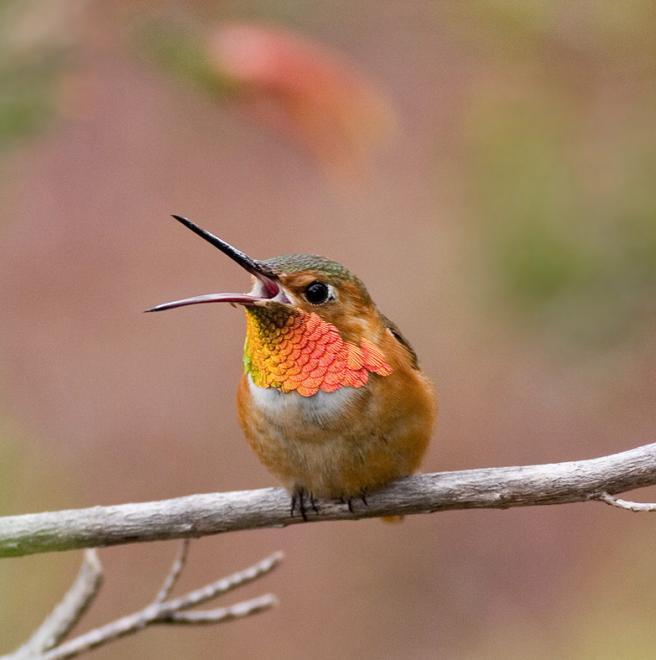

By 2080, this hummingbird is expected to lose 90 percent of its current breeding range, according to Audubon’s climate models. In order to adapt, this colorful species may have to transition from coastal areas to more inland ones as its climate space shifts—and find the nectar it needs there.
Close relative of the Rufous Hummingbird, and almost identical to it in some plumages, Allen’s Hummingbird has a much more restricted summer range. While the Rufous nests from Wyoming to southern Alaska, Allen’s nests only in coastal regions of California and southwestern Oregon. During migration seasons, however, they overlap extensively, both traveling to southern Mexico for the winter. Within its summer range, Allen’s Hummingbird is commonly seen in back yards and city parks, where males will perform their spectacular display dives to warn rival males away and attract the attention of females.
Explore more birds threatened by climate change around the country.





















It's easier than you think to make a difference. Become an Audubon member today to help birds facing climate change.